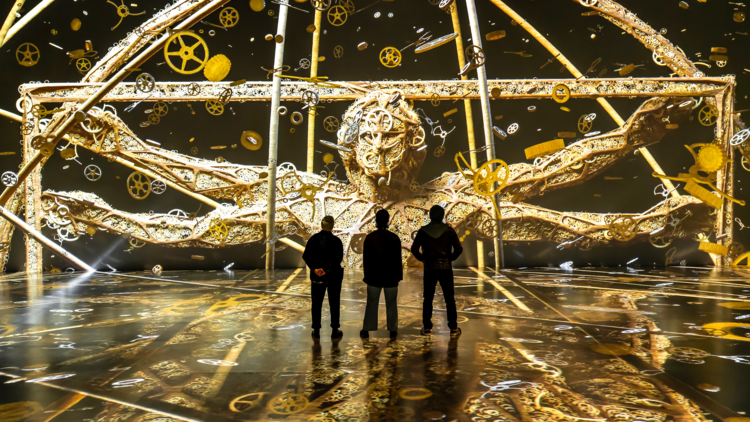The Illuminati: Understanding the Begin

Introduction:
The Illuminati is a term that has sparked curiosity, intrigue, and controversy throughout history. Often associated with secret societies and clandestine activities, the Illuminati has captured the imagination of many. In this blog post, we will explore the basic concepts and historical context of the Illuminati, shedding light on what it truly represents and dispelling common misconceptions.
The origins of the Illuminati can be traced back to 1776 when Adam Weishaupt, a Bavarian professor, founded the Order of the Illuminati. Weishaupt sought to promote Enlightenment ideals, advocating for intellectual freedom, the separation of church and state, and the advancement of scientific knowledge. The group attracted intellectuals and freethinkers who shared a desire to challenge the prevailing dogmas of the time.
The Illuminati’s primary goal was to create a society based on reason, rationality, and equality. They aimed to dismantle the influence of oppressive institutions, such as the church and monarchy, which stifled progress and hindered individual freedom. The Illuminati sought to foster critical thinking, promote education, and encourage the pursuit of knowledge across various disciplines.
The Illuminati operated as a hierarchical organization with different levels of initiation. Each level represented a deeper understanding of the group’s philosophy and principles. Members were selected based on their intellectual capacity, moral character, and dedication to the Illuminati’s mission. Contrary to popular belief, the Illuminati did not consist of a vast network of influential individuals but rather a relatively small group focused on intellectual pursuits.
The rise of the Illuminati did not go unnoticed, and it faced opposition from both political and religious authorities. Governments and religious institutions viewed the group as a threat to their power and influence. Eventually, the Bavarian government banned secret societies, including the Illuminati, leading to their disbandment in the late 1780s. While the group may have disbanded, its ideas and influence persisted, leaving a lasting mark on history.
In contemporary times, the term “Illuminati” has taken on various meanings beyond its original context. It has become a catch-all phrase for conspiracy theories involving a secretive, all-powerful global elite controlling world events. These conspiracy theories often lack substantiated evidence and can perpetuate misinformation. It is important to approach such claims critically and evaluate them based on reliable sources and logical reasoning.
Conclusion:
Understanding the basics of the Illuminati provides valuable insights into its historical context, goals, and philosophy. While the Illuminati of the past focused on intellectual freedom and societal progress, modern interpretations and conspiracy theories have distorted its meaning. By examining the historical origins and dispelling common misconceptions, we can foster a more informed understanding of the Illuminati. It is essential to approach the subject with critical thinking, skepticism, and a commitment to seeking reliable information, separating fact from fiction and promoting a nuanced understanding of this intriguing historical phenomenon.
Comments
Post a Comment